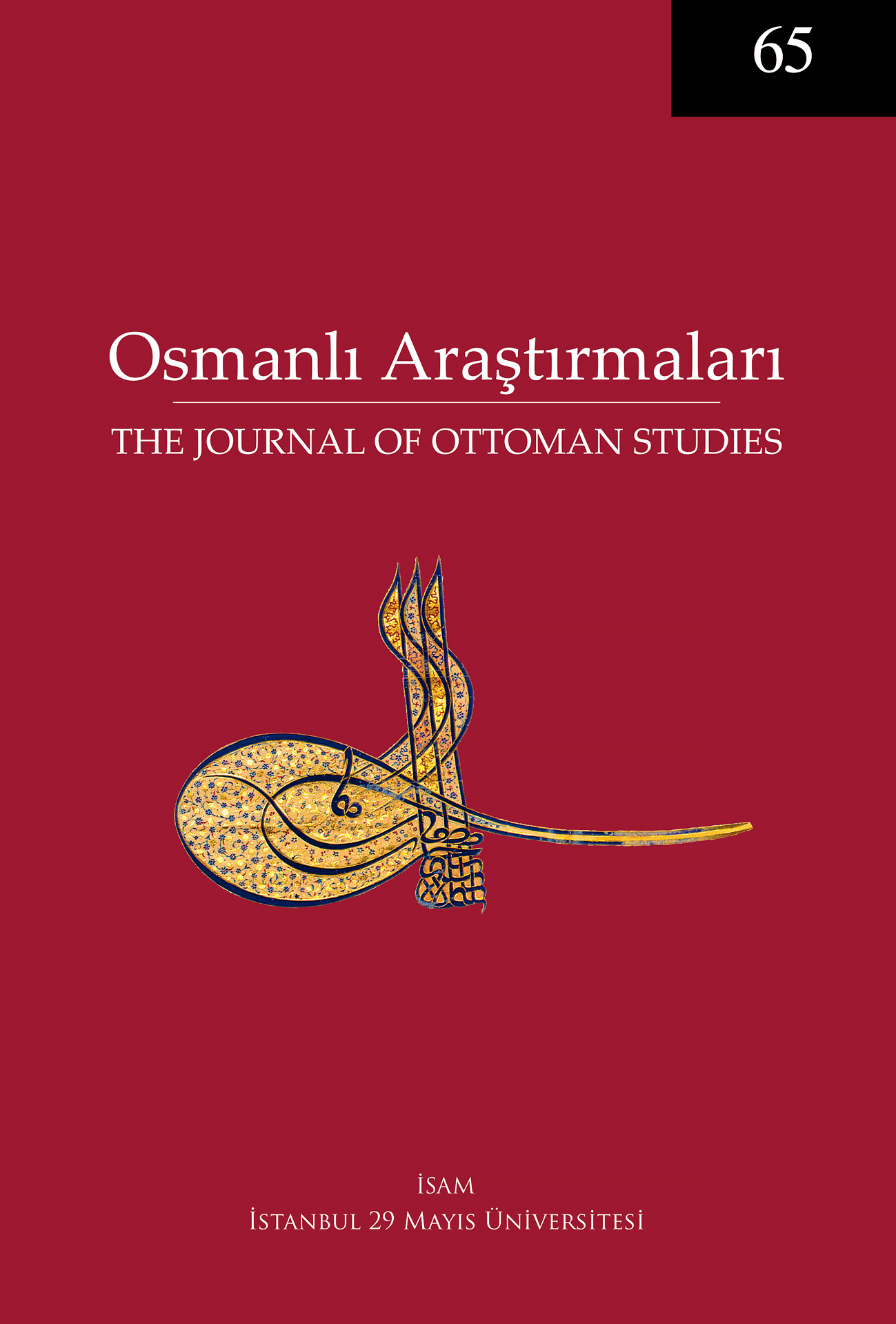The Ottomans Across the Habsburg and Ottoman Borders (1772-1826): What Human Mobility Has to Say
Keywords:
Habsburg Empire, Ottoman Empire, Border, Mobility, TradeAbstract
The available literature dealing with contacts between the Ottoman Empire and its European counterparts concentrates primarily on the period before 1700. Moreover, of those sources that do look closely at the eighteenth and nineteenth centuries, focus is almost exclusively on a small number of cities, including Venice, Livorno, and Smyrna, and on the relationships that were allegedly established by non-Muslim communities, particularly Orthodox merchants. By focusing on relationships within these communities and neglecting any form of interaction and interdependency between different communities, these diaspora-focused studies help to perpetuate a historical perspective in which notions of ‘us’ are represented exclusively by the units of ‘country’ or ‘religious fellowship.’ Examining the demography, motives, processes, and structures underlying people’s mobility would allow the tracing of these potential interactions and interdependencies in more depth. To this end, this study aims to draw researchers’ attention to the three voluminous archival registers preserved in the Viennese archives and produced by the Habsburg authorities on the Ottoman subjects who were within the Habsburg domains during the years 1823-1825; these sources provide a plethora of data for these purposes.




